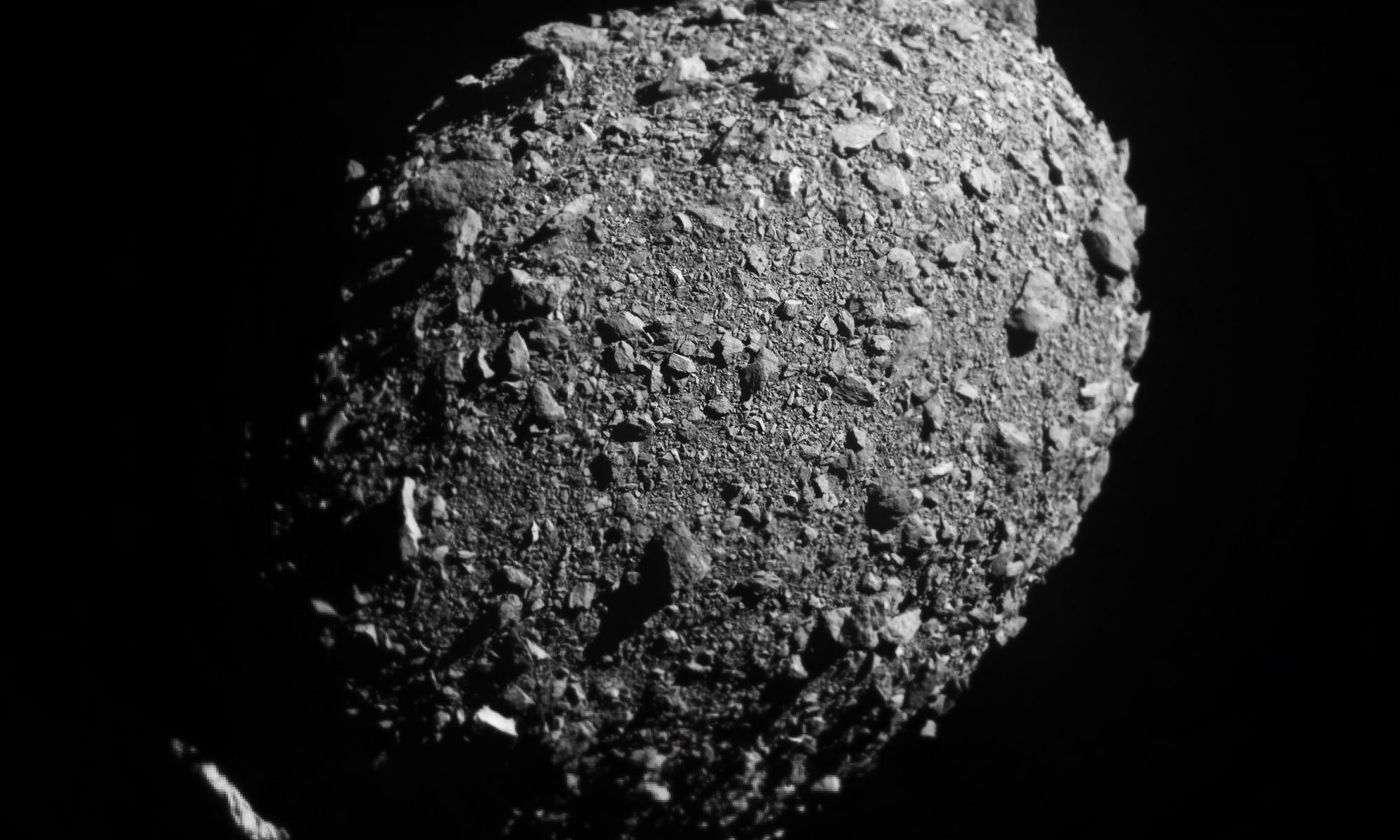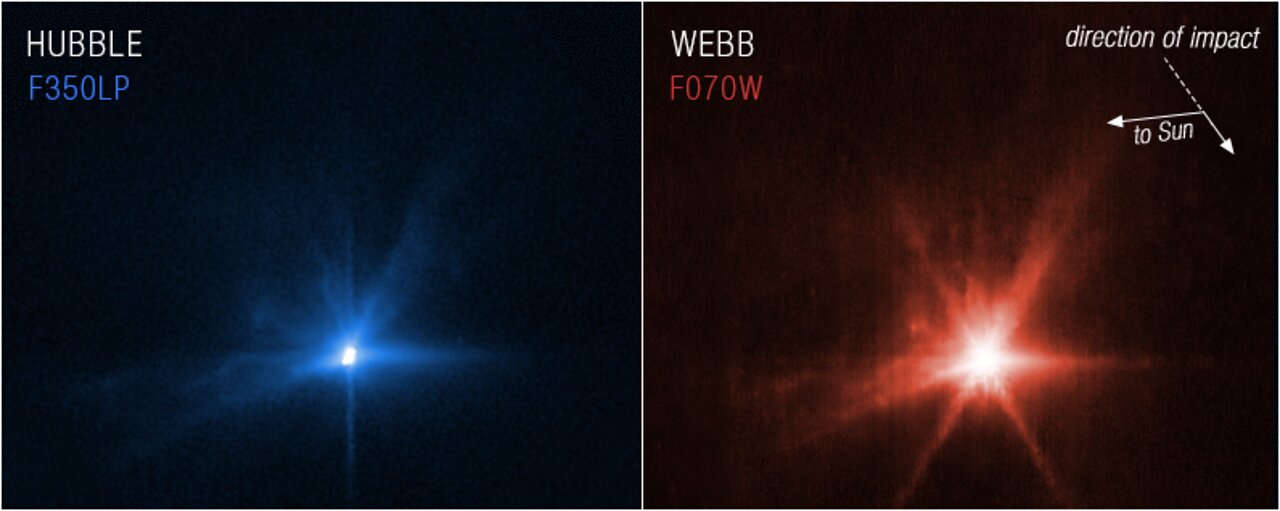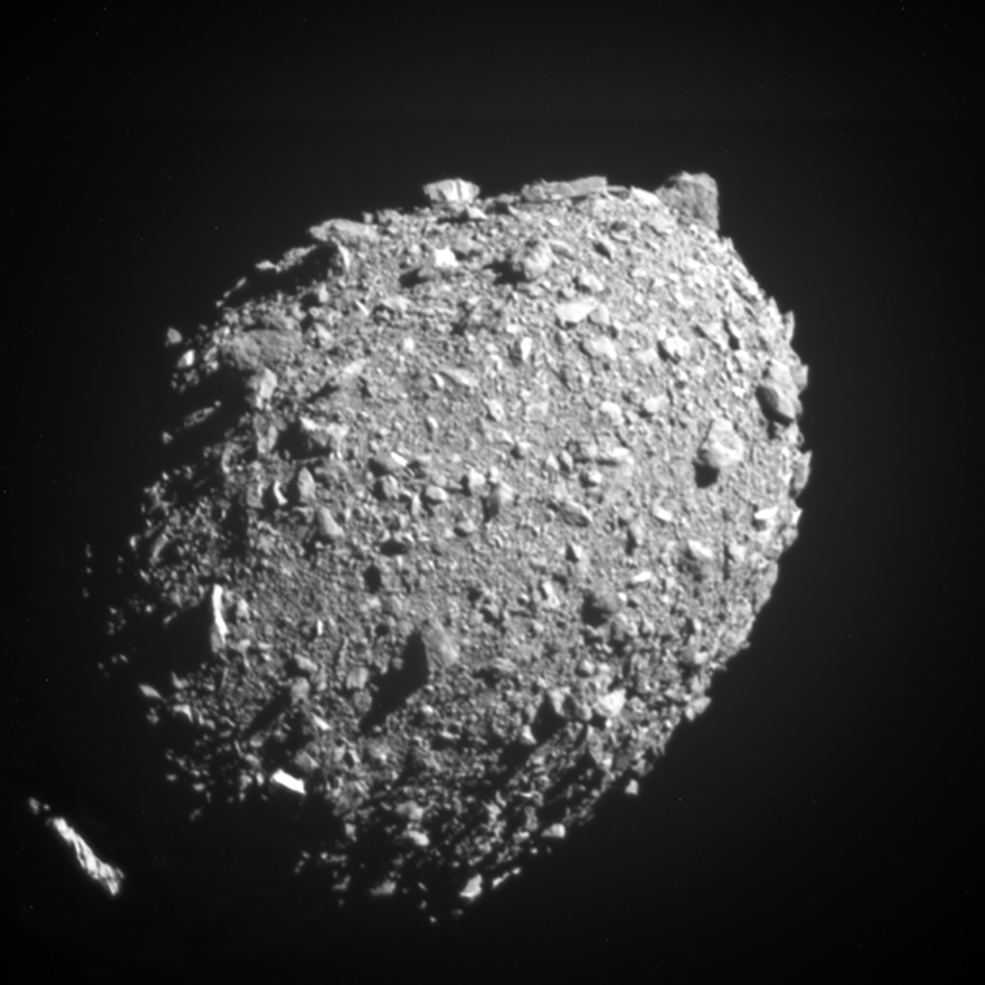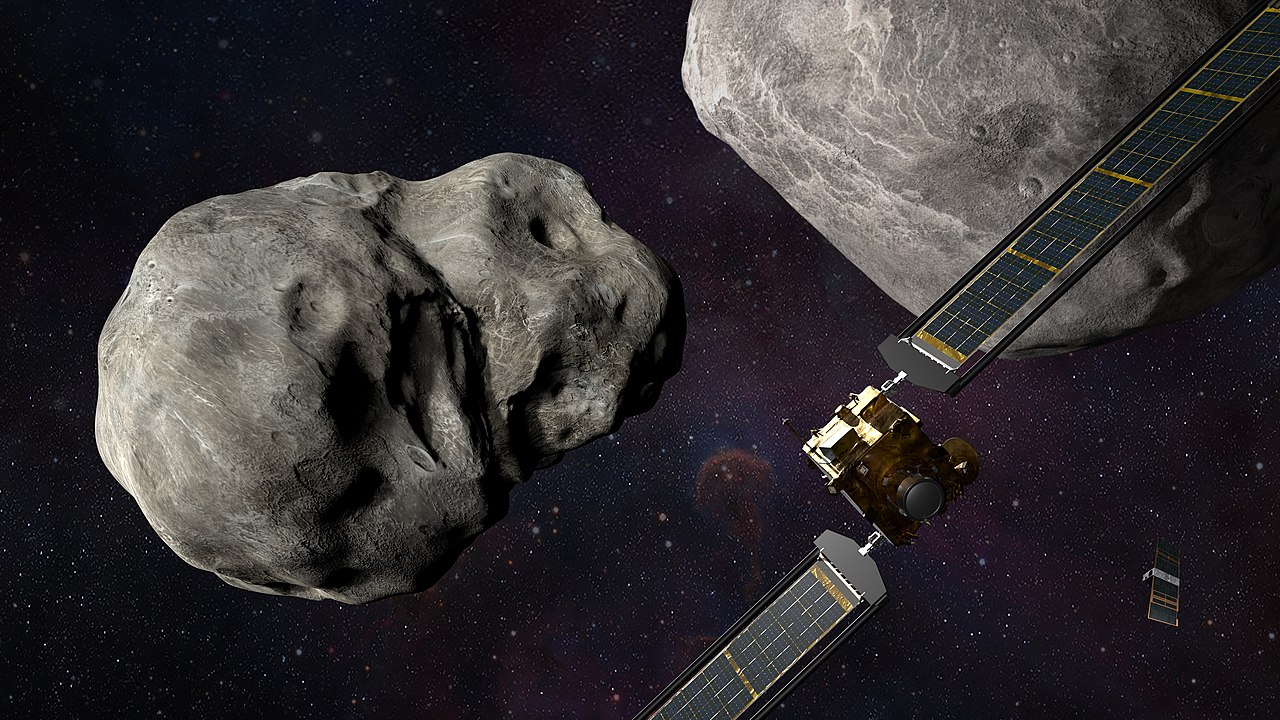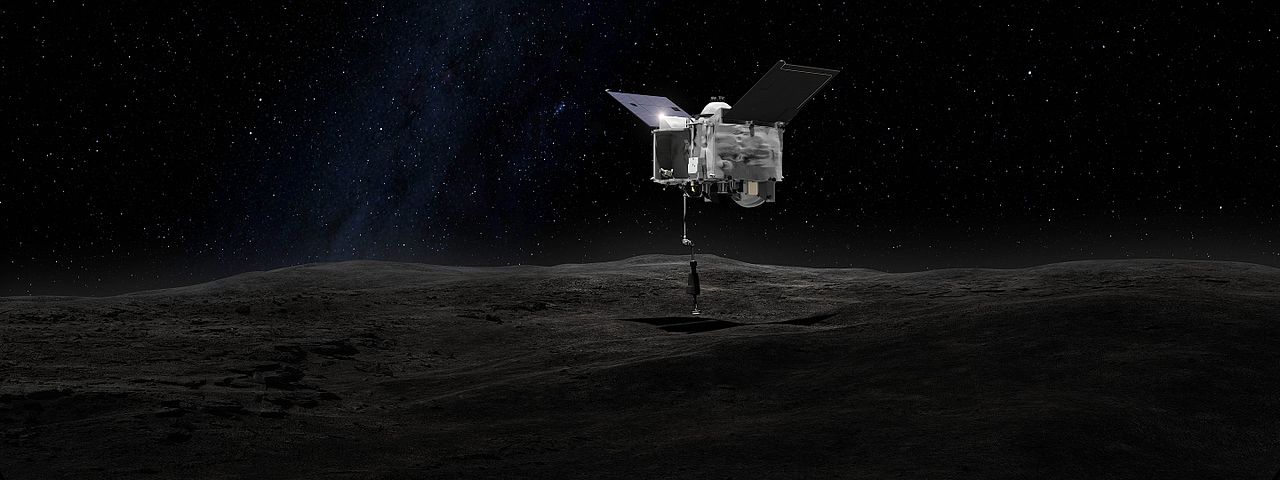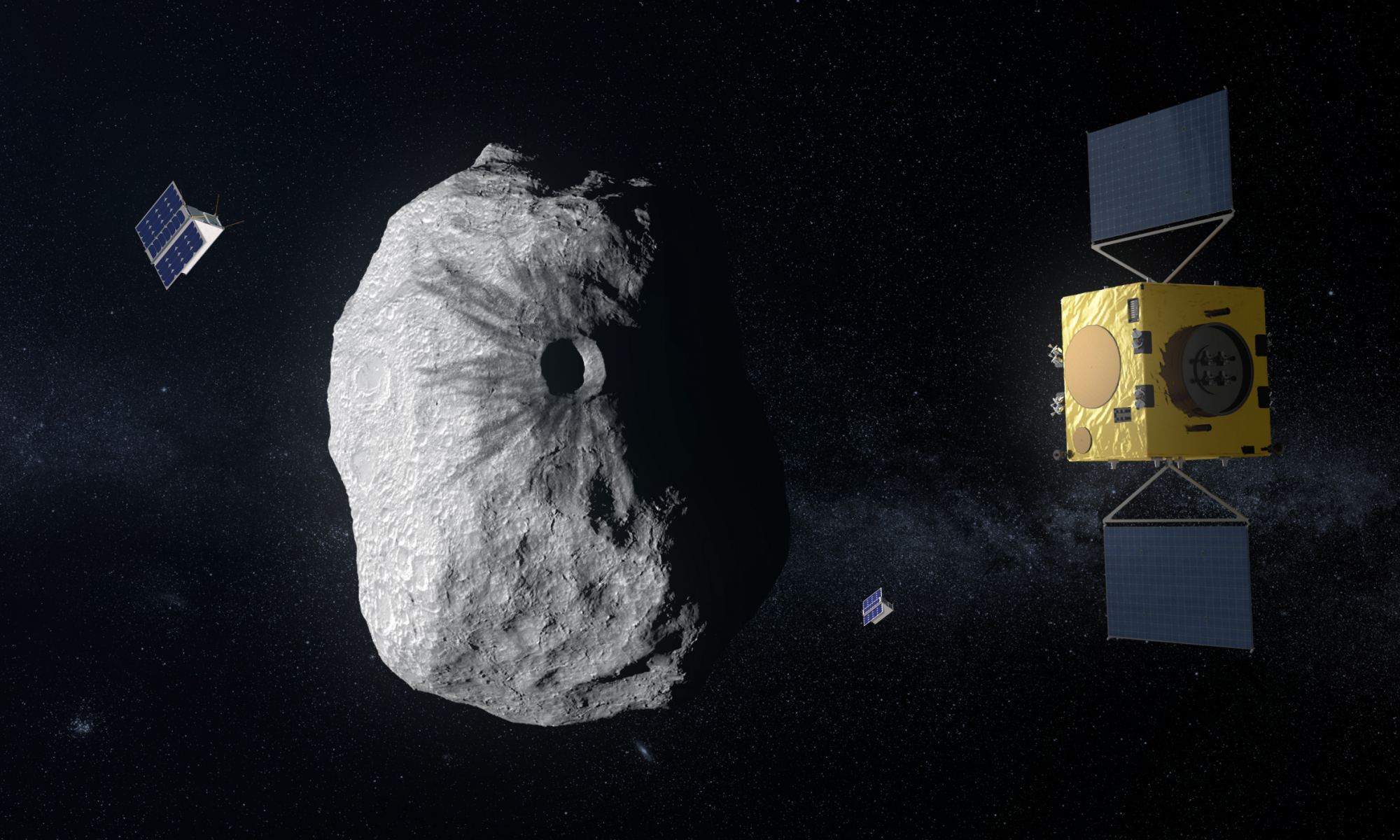Here’s a sharper view of Dimorphos, the small asteroid moonlet that the DART (Double Asteroid Redirection Test) spacecraft intentionally crashed into. Eydeet on Imgur created a higher resolution image of Dimorphos by stacking the last few images received from the spacecraft before impact.
First impressions? It’s an egg-shaped rubble pile.
Continue reading “A Single High-Resolution Image of Dimorphos Stacked From DART’s Final Images”
